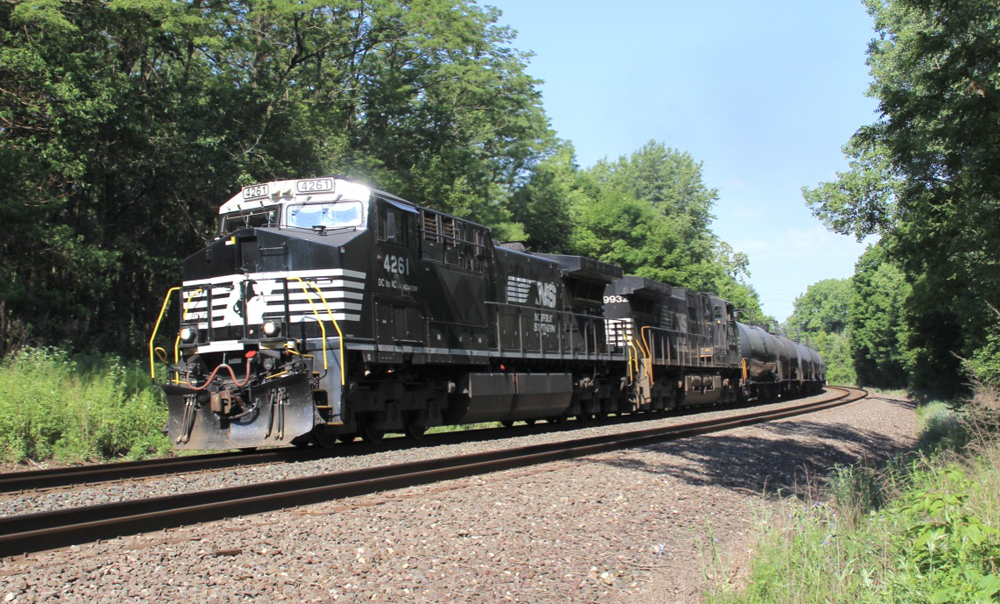
NORFOLK, Va. — Buoyed by strong volume and revenue growth, Norfolk Southern lifted its outlook for the year as it reported record second-quarter financial results on Wednesday.
“We are even more confident about growth for the balance of this year,” CEO Jim Squires told investors and analysts on the railroad’s earnings call. The railroad now expects revenue to grow 12% this year, up from the previous forecast of 9% growth.
The railroad’s quarterly operating income rose 91%, to a record $1.1 billion, as revenue grew 34%, to $2.8 billion. Earnings per share was up 114%, to $3.28, a second quarter record.
Norfolk Southern reported a 58.3% operating ratio, a company record that was for the first time below the railroad’s long-term goal of 60%. In last year’s second quarter, the operating ratio was 70.7%.
Overall traffic volume was up 25% from the pandemic-affected second quarter of a year ago. Merchandise traffic was up 29%, intermodal grew 20%, and coal bounced back with 55% growth.
“We are approaching pre-pandemic revenue levels. However. the composition of our business has changed dramatically due to the … trends in the overall economy that were accelerated by the pandemic,” Chief Marketing Officer Alan Shaw says. The railroad will be able to take advantage of the shifts, he says, due to serving consumer and manufacturing markets in the East.
Longer Trains Still a Focus
NS handled the traffic growth with a workforce that was 8% smaller than a year ago, partly due to moving its tonnage on fewer but longer trains. Train weight was up 16%, train length grew 14%, and fuel efficiency improved 4%.
“These gains were achieved in part by the increased deployment of distributed power and more blending of previously separate traffic types on the same train,” Chief Operating Officer Cindy Sanborn says.
NS plans to extend sidings on key routes where train length is currently limited, she says.
“Increased train size promotes better fuel efficiency and our progress this quarter reflects our commitment to close the efficiency gap with our peers,” Sanborn says.
The number of active locomotives in the NS fleet declined 1% compared to a year ago. The railroad’s key locomotive metrics all improved compared to 2018, before NS adopted Precision Scheduled Railroading. Since then NS has retired older units and stepped up its D.C.-to-A.C. traction conversion program. For the quarter, the locomotive bad-order ratio improved 66%; shop dwell declined 58%, reliability was up 175%, and the maintenance workforce was 55% smaller compared to 2018.
Service Improvements
The railroad did not report on-time performance figures for the quarter. But Sanborn says train velocity and terminal dwell are both improving after uneven progress during the second quarter.
NS is focusing on local service improvements in yards, Sanborn says, including by making changes to yard and local train and staffing plans to make service more consistent and terminals more productive. The railroad also has stepped up use of remote control locomotives for switching in yards.
At Elkhart Yard in Indiana, for example, NS has brought switching volume in from Chicago terminal railroads that previously built trains for interchange with Western railroads. Now the traffic skips the intermediate switching in Chicago and goes directly to Western connections from Elkhart, which Sanborn says improves service while reducing costs for NS.
NS has distributed 8,000 smartphones to its train and engine crews, allowing them to provide real-time reporting of switching events, and will deploy a new local train reporting application this summer to improve reporting of first- and last-mile service.
Intermodal Congestion Easing
NS, like other railroads, is seeing extended container dwell at its intermodal terminals due to pandemic protocols and labor restrictions at customer warehouses, which have slowed loading and unloading of containers and caused a shortage of chassis. “It’s not an issue of capacity. It’s an issue of throughput,” Shaw says.
NS is metering the flow of international intermodal traffic at some of its terminals, where an industrywide chassis shortage was exacerbated six weeks ago by a recall affecting 5,100 NS-owned chassis with a manufacturing defect.
Some 40% of the chassis are back in service after repairs, and NS is relaxing the terminal restrictions as chassis are returned to the fleet. “As we continue to repair the chassis, you’ll see volumes pick up,” Shaw says, adding the repair program should be substantially complete by the end of August.
As part of its updated outlook for the year, NS revised its operating ratio outlook and expects it to improve by as much as 4.4 points this year, up from previous guidance of around a 3-point improvement.






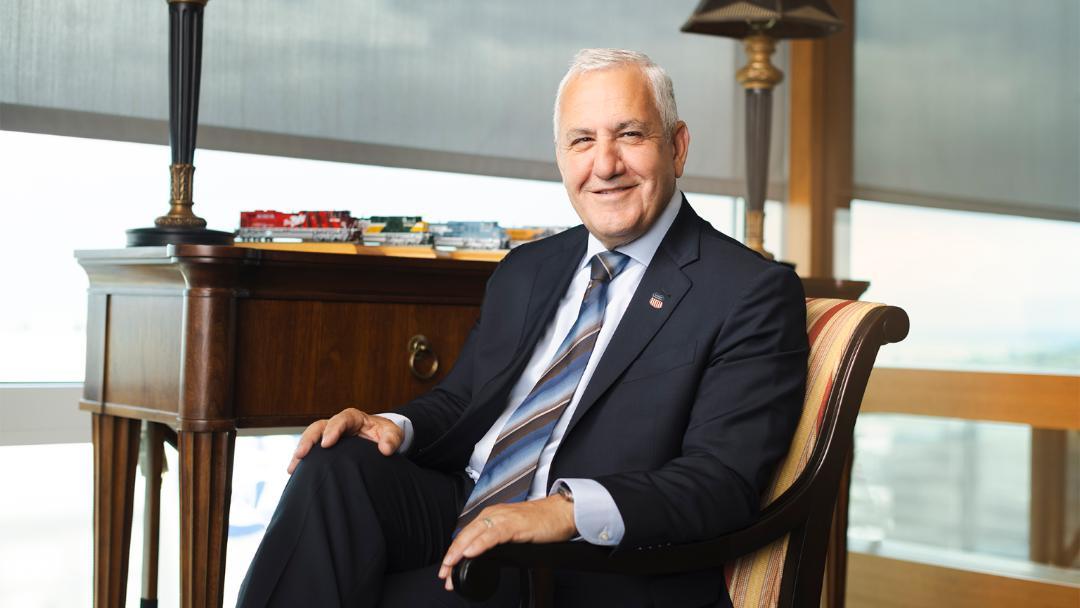
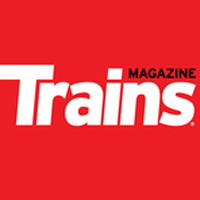
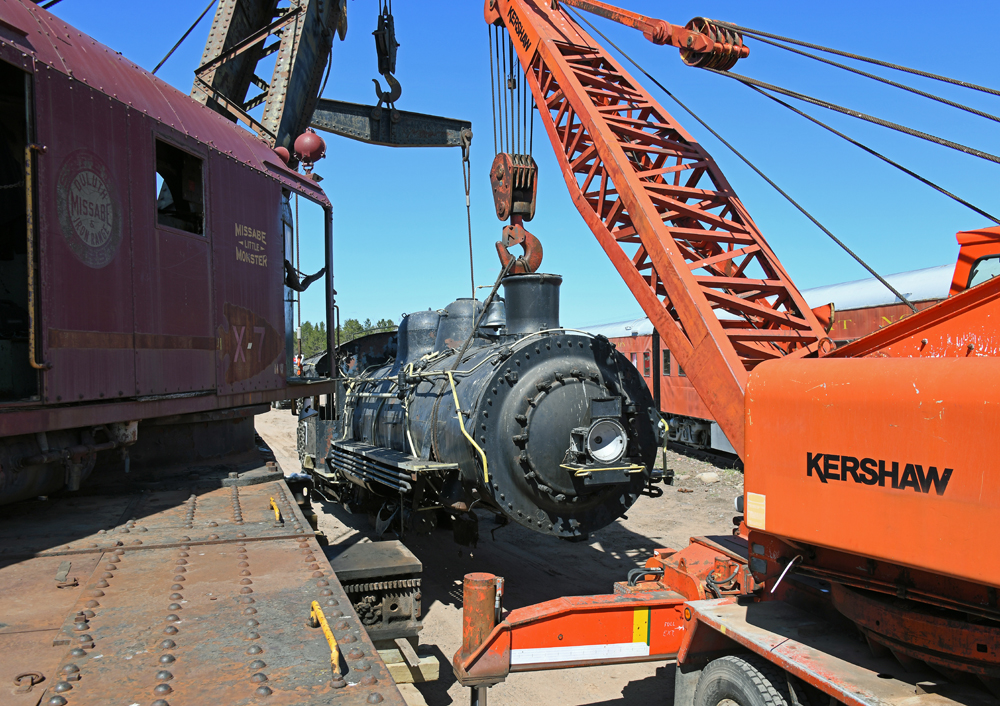
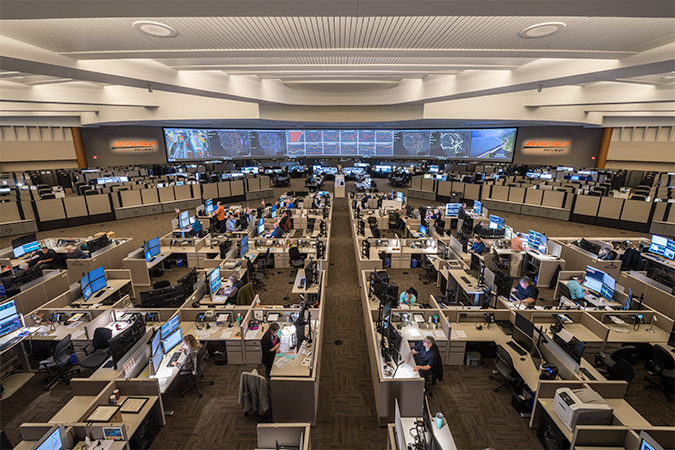




A smaller work-force seems like it would lead to more of a work-load to those who remain.
My understanding is that the FRA banned use of cell phones by T&E crews. Could be the regulations were amended to allow use under certain circumstances. Who is responsible for monitoring use of the phones by crews?